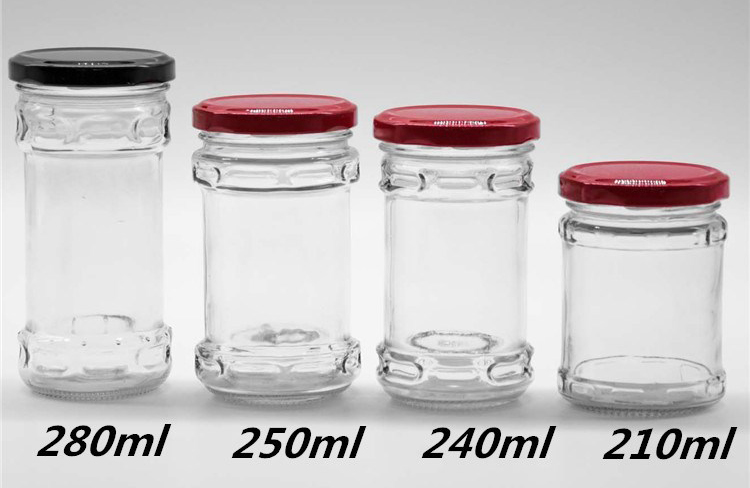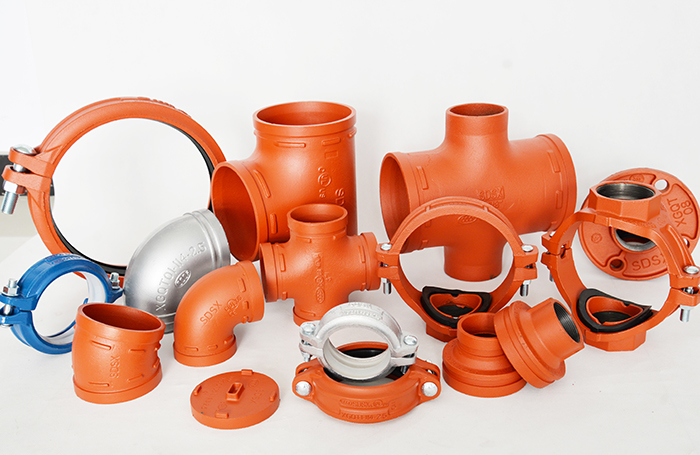This year the World Economic Forum Global Risk Report identified biodiversity loss and human environmental damage as two of the biggest risks to the global economy.
Continued business-as-usual approaches will result in reduced natural capital-such as fish from the sea-and disruptions in supply chains. These pose a risk to most businesses, even those that indirectly rely on the ocean, as more than half of global GDP is moderately or highly dependent on nature.
Pressure is building on unsustainable businesses to disclose climate-and nature-related risks. With credit rating agencies mainstreaming sustainability assessments and transition planning, and global accounting standards being updated to ensure inclusion of sustainability risks, there is simply no place to hide.
Also, the financial sector is seeing unprecedented demand for sustainable investment opportunities. Partly due to the ongoing pandemic, the growth of funds focused on sustainability is shattering records-and global agreements are being forged to remove harmful subsidies that support unsustainable businesses.
These trends should come as no surprise. “Blue ocean” was flagged as a metaphor for a space for limitless business opportunities as early as 2005, when W. Chan Kim and Rénee Mauborgne published the ground-breaking book, Blue Ocean Strategy. They contended that many companies were competing in so-called “red ocean” established markets with an existing number of competitors and often razor-thin margins, such as low-cost family cars.
Conversely, they argued, “blue ocean” markets provide an underdeveloped business space ripe for innovation with vast opportunities for sustainable and profitable growth-for instance the fully electric cars developed by Tesla Motors.
This potential is rapidly being realized. Businesses now have a choice: compete in crowded markets of the “red ocean” with increasing financial, climate and nature-related risks, or explore the largely uncontested potential of blue ocean.
Large enterprises are pivoting to ride the blue wave. A study commissioned by High Level Panel for a Sustainable Ocean Economy on Ocean Solutions that Benefit People, Nature and the Economy published last year found that sustainable ocean investments could produce $15.5 trillion in net benefits by 2050 and build future-focused industries that generate six times more food and 40 times more renewable energy.
The Sustainable Seafood Fund, which aims to deliver fishery improvement projects to reduce fisheries investment risks, including pipeline development, repayment risks, market risks and execution risks, partners with corporate buyers using long-term purchase agreements to secure fish and repay investors through fees based on volume or value.
In solid waste management, 60 percent of global land-based marine plastic pollution comes from five countries in Asia. To enhance its margins, Indorama Ventures, a global manufacturer in polyethylene terephthalate, is expanding its plastic bottle recycling capacity and decreasing ocean waste. The environmental benefits earn the company blue ocean credentials, important for environmentally conscious investors.
Post time: Dec-23-2021





